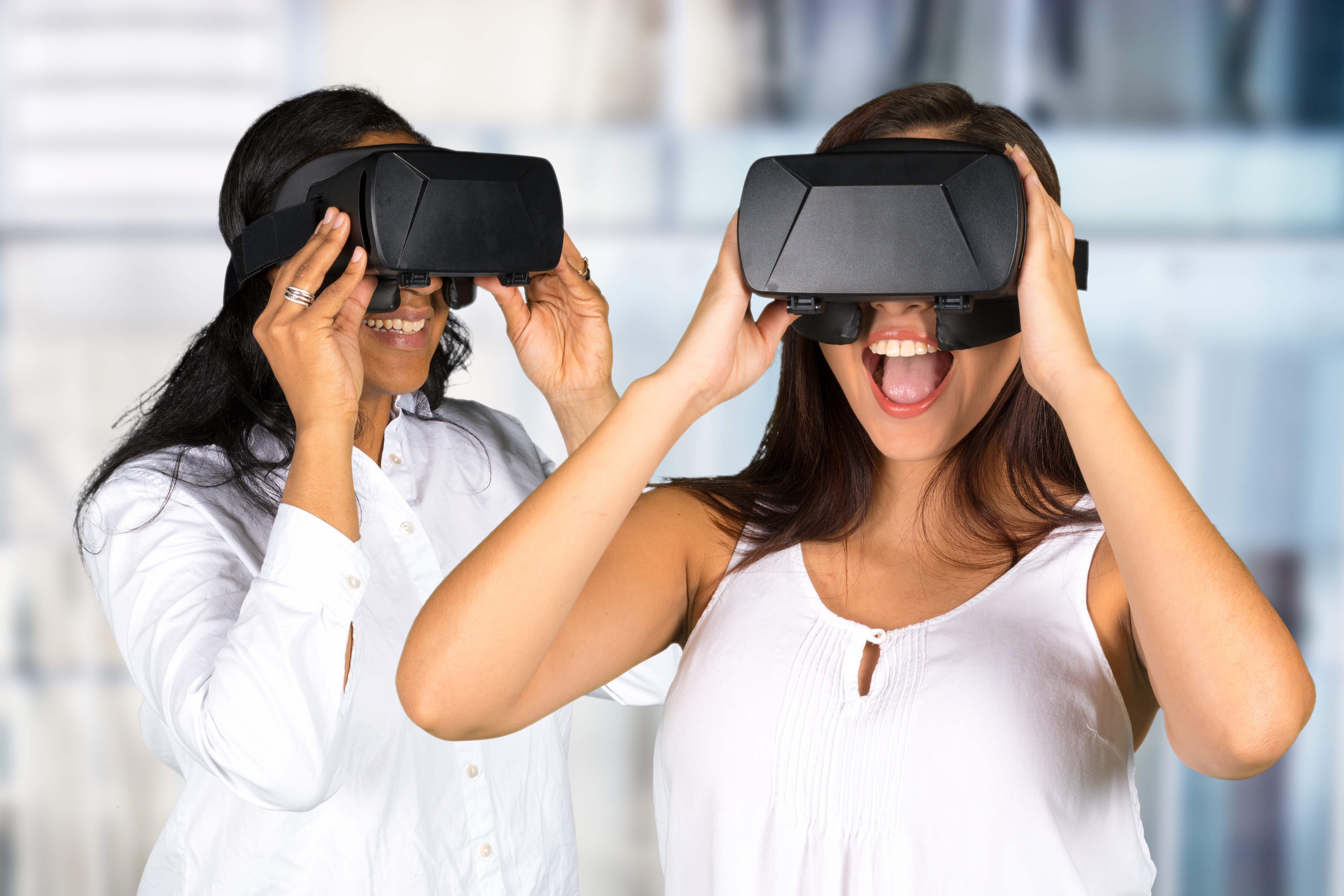
14 Dec Now Trending, Experiential Marketing Insights for 2017
The experiential marketing industry has continued to evolve, with influences ranging from new technologies to different engagement platforms, and 2016 has been no exception. There have been many emerging trends, like virtual and augmented reality tactics, and marketing managers have the challenging task of deciding which elements to incorporate into their marketing mix.
Despite the ever-changing landscape, the key to selecting the right tools has always remained the same; what is in the best interest of the brand, which ideas are the most relevant to your campaign, and how will these tools translate into success?
Before you make any New Year’s resolutions pertaining to your business, here’s a preview of four trends that will dominate the experiential marketing landscape in 2017.
1. Make Your Event Come A Live!
With the roll-out of Facebook Live and Periscope, marketers are quickly seeing the value in live streaming video footage. Not only does this medium have the potential to increase consumer engagement at an event, it also can encourage people off-site to attend. If marketers are able to capture the “wow!” in the live stream, it can build excitement to complement your program, virtually extending the reach of your customer base through viewership. While it’s not the traditional face-to-face marketing platform, live video can still be used in an interactive way by enabling comments in real-time or hosting an “ask me anything” type of event.
2. Go to the Consumer
The notion of simply creating a great experience and hoping your target consumers will come is changing. Instead of executing experiential marketing programs at a centralized location, brands are engaging consumers in a more authentic way—by meeting them where they work, live, or play. Also referred to as “pop-up” marketing, this avenue provides a creative strategy to highlight the most recognizable characteristics of your brand and get people talking, such as when 200 coffee shops were converted to look like a scene from the show Gilmore Girls. Employ skilled brand ambassadors or street teams to make relevant connections between your intended audience and the product, service, or message you are promoting.
3. Blend the Physical & Digital
Pókemon Go is a perfect example of how an augmented reality concept was able to blend the physical landscape with a digital world. Accounting for 75 million downloads, this free app was an immediate success with millennials who were able to use their phones to “search” for characters as they explored their surroundings. The release of Google Cardboard, an inexpensive virtual reality finder that interacts with apps on your phone, is another example of how VR is becoming accessible in the market. Think about innovative ways in which attendees could use their smartphones to navigate through your program or heighten their sensory engagement with your brand.
4. Get the Most Out of Your Experiential Program
Instead of viewing an event as a one-time outreach effort, experiential marketing agencies are recognizing the value in finding ways to maximize the ripple effect of a program. Post-event engagement tools such as social media, can be effective through the use of a related hashtag that continues to resonate with consumers and encourage participation after they have experienced the program. Collecting consumer contact information on-site can lead to opportunities for brands to share exclusive digital content with its customers long after an event. An event could also serve as a springboard for an experiential campaign, such as the Lean Cuisine #WeighThis movement.
Trendy or not, these experiential marketing strategies are some powerful methods to consider when shaping your campaign timelines. For more recommendations, insights, and integrated solutions for 2017 and beyond, let our agency help guide your program to success and self-improvement.
